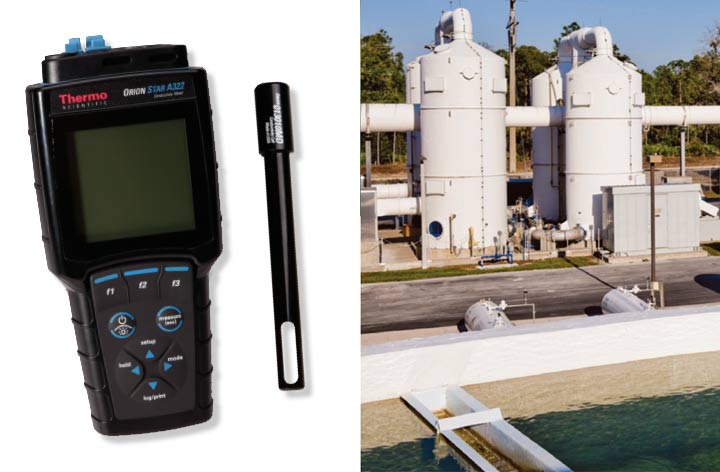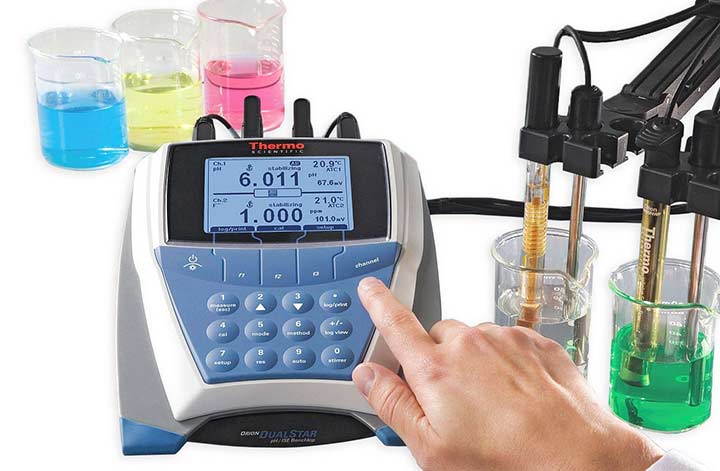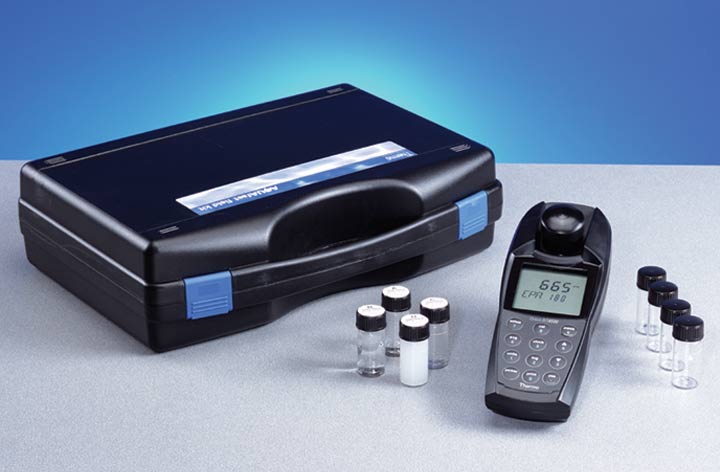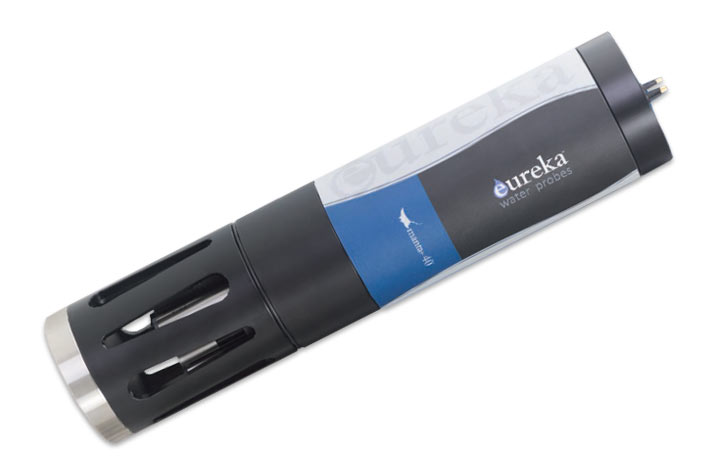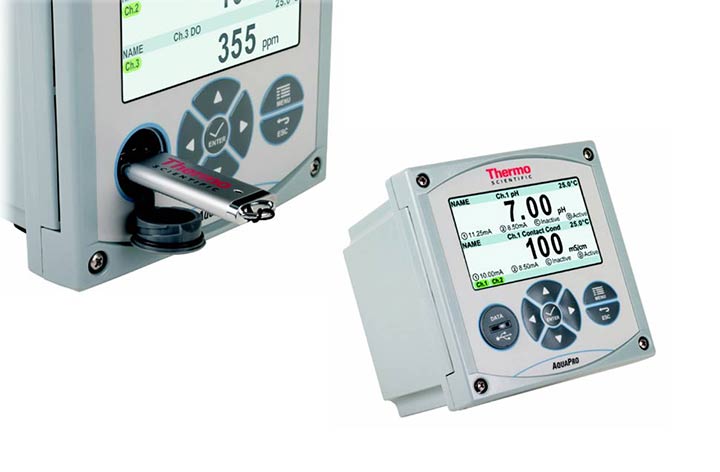ORP-Redox Potential Measurement for Water Quality
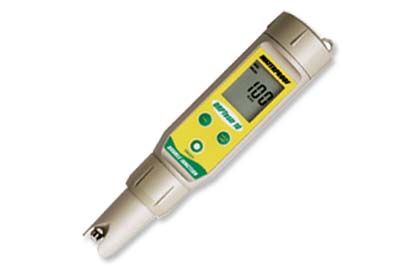 Redox (Reduction-oxidation) or ORP (Oxidation Reduction Potential) is a measure of the oxidising or reducing potential of a water body. Reduction potential is measured in volts (V) or millivolts (mV). Many important biochemical processes are oxidation or reduction reactions (e.g. ammonia>nitrite>nitrate). The ORP level in a river or treatment plant will govern (along with DO and pH levels) which reactions are prevalent.
Redox (Reduction-oxidation) or ORP (Oxidation Reduction Potential) is a measure of the oxidising or reducing potential of a water body. Reduction potential is measured in volts (V) or millivolts (mV). Many important biochemical processes are oxidation or reduction reactions (e.g. ammonia>nitrite>nitrate). The ORP level in a river or treatment plant will govern (along with DO and pH levels) which reactions are prevalent.
ORP measures an aqueous systems capacity to either release or accept electrons from chemical reactions. When a system tends to accept electrons it is an oxidising system. When it releases electrons it is a reducing system. The ORP values are used much like pH values to determine water quality. ORP values characterize a systems relative state for gaining or losing electrons.
ORP is very important in many drinking water and waste water processes and applications. ORP measurement s are used to control disinfection with chlorine or chlorine dioxide in cooling towers, swimming pools, portable water supplies and other water analysis applications. Bacteria's life span in the water is very much determined by the ORP level. In wastewater, ORP measurement is used frequently to control treatment processes that employ biological treatment solutions for removing contaminants.






